- October 8, 2019
- Posted by: optimaadmin
- Category: Which Dog & When
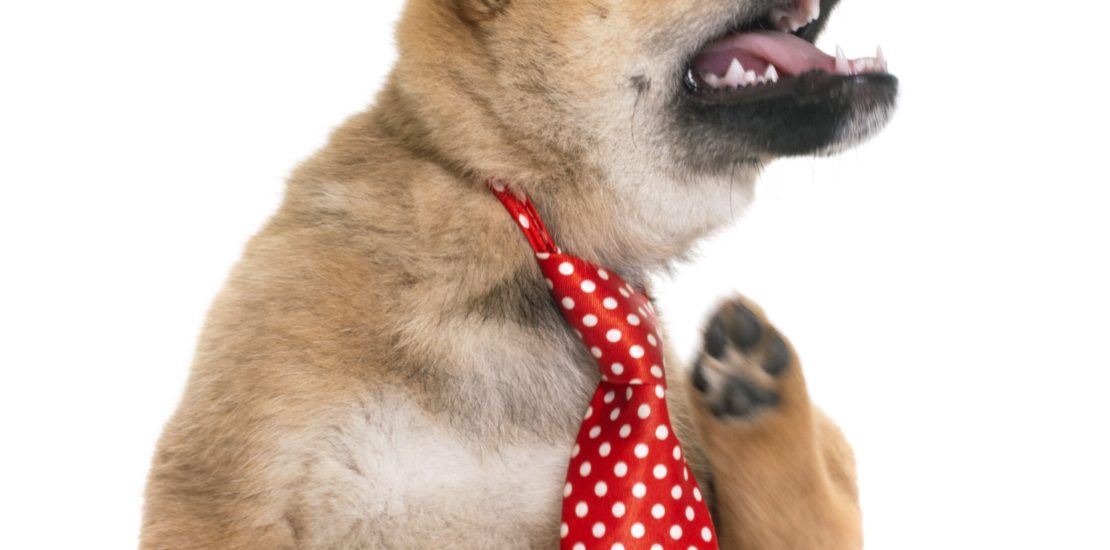
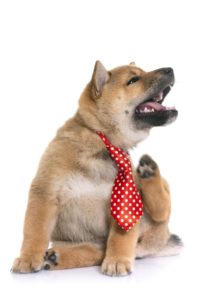
Hypoallergenic Dogs: do they exist?
Are you considering getting a dog/puppy in the near future? If so, I think you will find this information helpful. The topic is ‘hypoallergenic dogs’. This label has been around for at least 10 years and was discussed in an article in Helix Magazine in 2009, Fido Fact of Fiction: The Truth About Hypoallergenic Pets”. The authors, Elizabeth Diffin and Tiffany Glick share some awesome information like
- Several veterinarians and allergy experts say that there is no such thing as a truly hypoallergenic pup or kitty
- Some dog breeds have only hair and no fur which makes them a good candidate to shed less dander (because it’s the undercoat shedding that gives most people problems)
- The allergen is in anything the animal secretes (like saliva or urine) and because dogs and cats lick themselves to get clean, they are covered in saliva
- When the animal sheds the dead skin cells the saliva goes too and gets in the carpeting and air where they live
- Humans get the animal saliva on them when they get licked
- Chronic allergy problems can be managed with medication
- People with asthma will have a more severe reaction triggered by the allergens and should stick to a fish or lizard if they want a pet
- There are different levels of impact

In addition to these points I tell clients that owning a smaller dog with hair (not the furry undercoat) is your best bet. A few breeds that come to mind would be a Poodle and a Bichon Frise. On the flip side of less hair are the breeds with a lot of hair and/or fur like a Collie, Irish Setter and Labrador Retriever.
What about the cross-bred dogs like a Goldendoodle (Golden Retriever + Poodle)? I am pretty sure this type of dog has been around since 1969
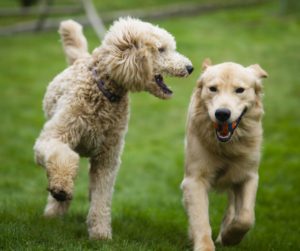
when Monica Dickens first bred them. Their popularity started to grow in the 1990’s when breeders in North America and Australia started saying that the dogs were hypoallergenic because their coats do not shed, which reduces dander (the shed skin cell flakes that can cause allergic reactions). For me this just doesn’t make sense because even a hairless breed like the American Hairless Terrier or the Peruvian Inca Orchid still shed their dead skin, which is what the saliva and urine attach to.
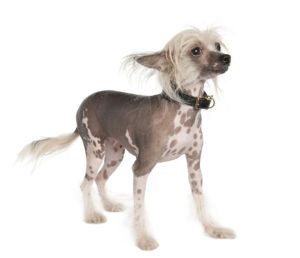
True, they spread less of it around because they don’t shed hair but they do still shed.
So how did the designer dog terminology catch on? In my opinion it’s an example of creative marketing. Someone, most likely the cross-breeders, started saying their dog would work well
with people who struggle with allergies and a person with allergies wanted a dog so badly that they bought into the idea and got one of the dogs. Little did they know that they didn’t have to spend thousands of dollars to have a dog. They could very well have gone to an AKC breeder or rescue organization and found a small breed dog with hair, no fur and gotten the same result.
I hope this article helps you feel confident in selecting a breed of dog that works with your lifestyle and health so you can enjoy many years of living with ‘man’s best friend’. However, if you are still curious about this topic, I found helpful information in these two articles:
- Pet allergy: Are there hypoallergenic dog breeds? (Mayo Clinic)
- Dog Myths Debunked: Does a Completely Hypoallergenic Dog Exist? (AKC)
Cheers!
Julie
